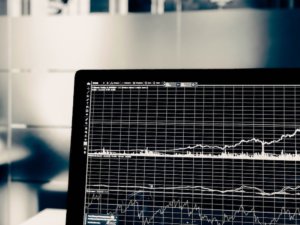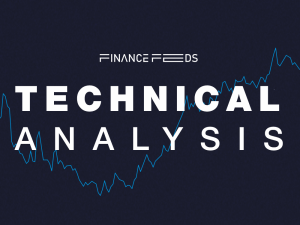NY Judge dashes attempt by seven US stock exchanges to dismiss HFT case
The Exchanges are accused of selling certain services to high-frequency trading firms, which then used those services to engage in allegedly manipulative trading schemes at the plaintiffs’ expense.

A market manipulation case targeting some of the biggest US stock exchanges, including BATS Global Markets, Inc., Chicago Stock Exchange, Inc., Direct Edge ECN, LLC, New York Stock Exchange, LLC, NYSE Arca, Inc., Nasdaq OMX BX, Inc., and the Nasdaq Stock Market LLC, continues at the New York Southern District Court.
On Tuesday, July 16, 2019, Judge Jesse M. Furman dashed an attempt by the Exchanges to dismiss the case against them.
The plaintiffs – several investment funds – bring claims against seven stock exchanges under Section 10(b) of the Securities Exchange Act of 1934, 15 U.S.C. § 78j(b). In brief, the plaintiffs allege that the Exchanges sold certain services to high-frequency trading (HFT) firms, which then used those services to engage in allegedly manipulative trading schemes at the plaintiffs’ expense. The Court dismissed the plaintiffs’ claims in 2015, holding that the Exchanges were protected by absolute immunity and that, in any event, the plaintiffs had failed to plead any manipulative acts or “primary” violations of Section 10(b) by the Exchanges.
The Court of Appeals, however, disagreed on both counts and remanded the plaintiffs’ Section 10(b) claims for further proceedings.
The Exchanges then renewed their motion to dismiss, pressing arguments that the Court of Appeals had left open. In an Opinion and Order entered May 28, 2019, the Court denied that motion. The Exchanges have then moved, pursuant to 28 U.S.C. § 1292(b), for certification of an interlocutory appeal.
In its Memorandum Opinion and Order, issued on July 16, 2019, the New York Southern District Court denied the defendants’ motion. The Court concluded that certification is not warranted.
The Court noted that the plaintiffs’ allegations, taken as true, establish that they were “sufficiently frequent purchasers” to have been “systematically victimized by distorted prices,” thus satisfying the necessary standards.
The Exchanges argue that the plaintiffs’ failure to allege “that they purchased or sold any particular security” gives rise to a “substantial ground for difference of opinion” as to whether they adequately allege statutory “standing” and loss causation.
But the Court noted that under binding Second Circuit precedent, because an omission claim “can involve facts solely within the defendant’s knowledge, at the early stages of litigation, the plaintiff need not plead manipulation to the same degree of specificity as a plain misrepresentation claim.” The Court therefore held that Plaintiffs had pleaded their claims with sufficient particularity. The Exchanges offer no reason, the Judge said, to conclude there is substantial ground for difference of opinion on that issue.
In short, according to the Judge, the Exchanges do not satisfy their burden to show a substantial ground for difference of opinion on the issues they raise – at least not one substantial enough to warrant the “strictly limited” Section 1292(b) certification procedure. Accordingly, their motion to certify an interlocutory appeal was denied.









